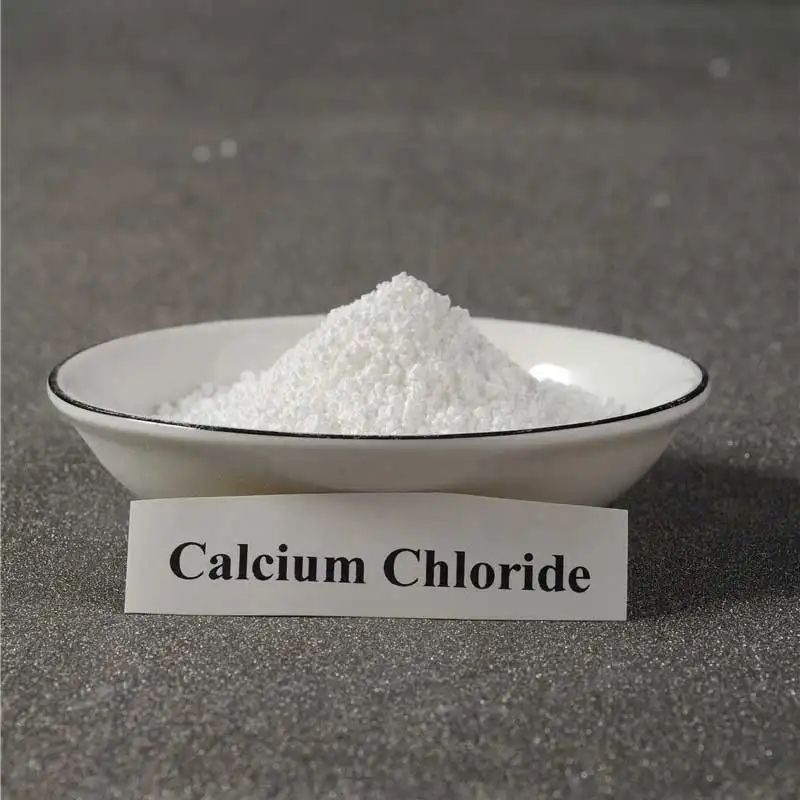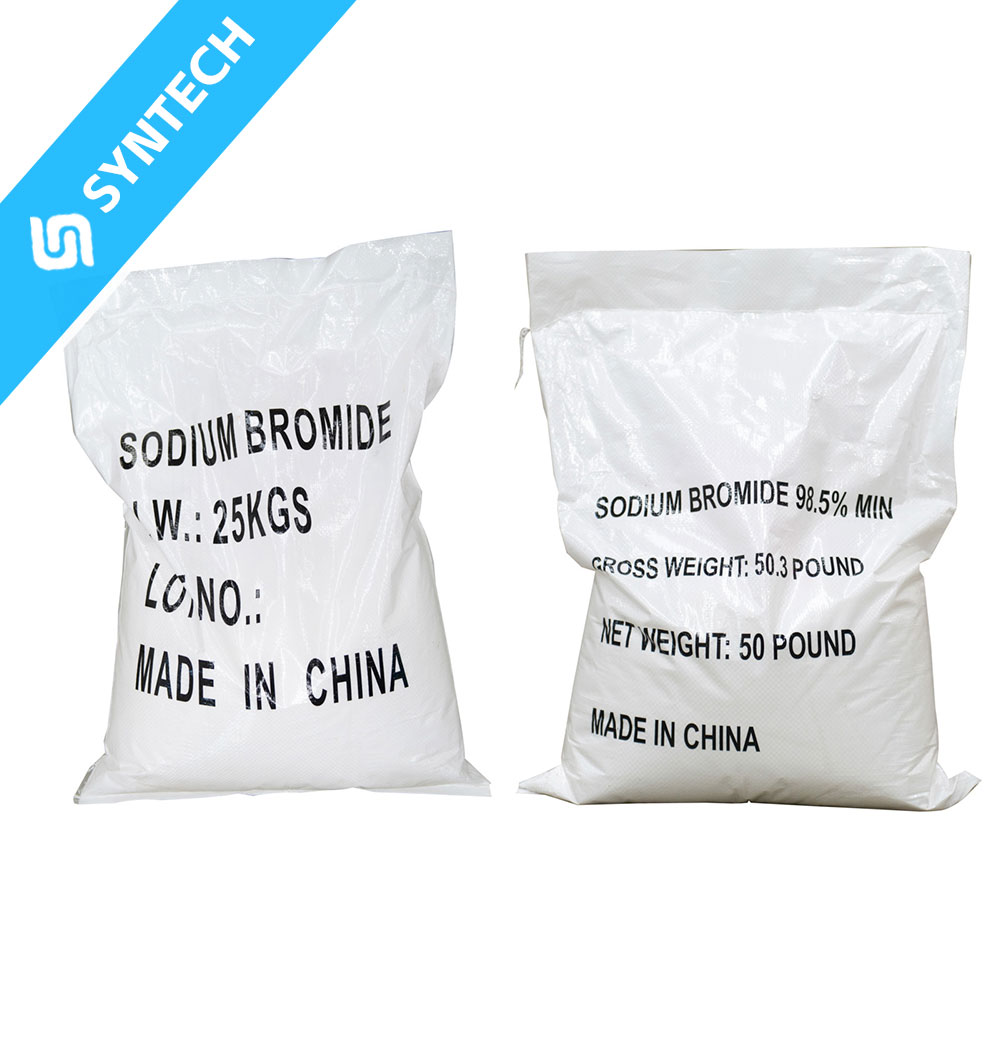1. Storage Stability of SMS at Ambient Temperature and Pressure
Under standard ambient conditions (20–25°C, 101.3 kPa), pure sodium methallyl sulfate exists as a white, free-flowing crystalline solid with moderate inherent storage stability—provided that external interfering factors are effectively controlled. In its intact, uncontaminated state:
- It does not undergo significant spontaneous decomposition, hydrolysis, or self-polymerization over short to medium storage periods (typically 3–6 months).
- Its key properties (e.g., solubility, purity, and reactivity as a monomer) remain largely unchanged, ensuring it meets industrial application requirements (e.g., copolymer synthesis for oilfield chemicals or water treatment agents).
However, SMS is not indefinitely stable under ambient conditions. Its stability is highly dependent on environmental factors, and prolonged exposure to adverse conditions can lead to gradual degradation, loss of active ingredients, or formation of harmful impurities.
2. Key External Factors Undermining SMS Stability
SMS’s molecular structure—featuring a reactive vinyl double bond (C=C) and an ionic sulfate ester linkage (-O-SO₃⁻Na⁺)—makes it susceptible to several external stressors. The most impactful factors are:
2.1 Moisture (Humidity)
Moisture is the primary threat to SMS storage stability, primarily due to SMS’s strong hydrophilicity (a result of its ionic sulfate group).
- Mechanism of damage:
- Caking and dissolution: High ambient humidity (>60% relative humidity, RH) causes SMS crystals to absorb moisture, leading to agglomeration (caking). Severe moisture absorption can even result in partial dissolution, forming a viscous aqueous solution that is difficult to handle and reuse.
- Hydrolysis of sulfate ester linkage: Moisture provides a medium for hydrolytic reactions. Although SMS is stable in neutral water at ambient temperature, trace acidic or alkaline impurities (e.g., from contaminated storage containers) can catalyze hydrolysis: the -O-SO₃⁻Na⁺ group breaks, generating methallyl alcohol (a volatile, flammable impurity) and sodium bisulfate. This reduces SMS purity and introduces contaminants that disrupt downstream polymerization processes.
2.2 Oxygen (Air Exposure)
The vinyl double bond (C=C) in SMS is prone to oxidative degradation when exposed to oxygen, especially over long storage periods.
- Mechanism of damage:Oxygen reacts with the C=C bond via a free radical pathway, forming peroxides or carbonyl-containing impurities (e.g., aldehydes, ketones). These oxidation products not only lower SMS’s effective monomer content but also act as “chain transfer agents” in subsequent polymerization reactions—resulting in polymers with lower molecular weights and compromised performance (e.g., reduced scale inhibition efficiency in oilfield applications).
2.3 Light (Especially Ultraviolet Light)
Ultraviolet (UV) light (e.g., from sunlight or fluorescent lighting) is a potent trigger for SMS instability, as it energizes the vinyl double bond to initiate uncontrolled self-polymerization.
- Mechanism of damage:UV radiation generates free radicals from the C=C bond, prompting SMS molecules to polymerize into low-molecular-weight poly(sodium methallyl sulfate). This self-polymerization manifests as:
- A gradual loss of the crystalline state (crystals become powdery or clumpy).
- A sharp decline in monomer reactivity (since polymerized SMS cannot participate in copolymerization with acrylic acid or acrylamide).
- Formation of insoluble polymer particles that clog filters during application (e.g., in oilfield drilling fluid preparation).
2.4 Contaminants (Trace Impurities)
Even minute amounts of contaminants can drastically accelerate SMS degradation, as many act as catalysts for hydrolysis or polymerization. Common problematic contaminants include:
- Metal ions: Fe³⁺, Cu²⁺, or Mn²⁺ (e.g., from rusty storage containers or contaminated handling tools) catalyze the oxidation of the C=C bond and promote self-polymerization.
- Acidic/basic impurities: Trace sulfuric acid (from synthesis byproducts) or sodium hydroxide (from neutralization residuals) shifts the local pH. As noted earlier, pH < 2 accelerates sulfate ester hydrolysis, while pH > 12 causes saponification of the ester linkage.
- Organic initiators: Residual free-radical initiators (e.g., sodium persulfate from SMS synthesis) can trigger premature polymerization even at ambient temperature.
3. Mitigation Strategies to Ensure SMS Storage Stability
To preserve SMS’s quality under ambient temperature and pressure, targeted measures must be implemented to address the above factors:
3.1 Moisture Control
- Packaging: Use hermetically sealed containers (e.g., high-density polyethylene (HDPE) drums with gasketed lids or aluminum-lined bags) to prevent moisture ingress.
- Desiccation: Place moisture absorbers (e.g., silica gel packets or molecular sieves) inside the storage container, especially for long-term storage (>6 months).
- Environment: Store SMS in a cool, dry warehouse with controlled humidity (maintain RH < 60%). Avoid storing near water sources (e.g., sinks) or in damp areas (e.g., basements with poor ventilation).
3.2 Oxygen Isolation
- Inert gas blanketing: For large-scale or long-term storage, flush the headspace of the container with nitrogen (N₂) before sealing. Nitrogen displaces oxygen, eliminating the oxidizing medium for the C=C bond.
- Minimize exposure: When opening the container for sampling or dispensing, do so quickly and reseal immediately. Avoid leaving the container open for extended periods (e.g., >30 minutes) to reduce air contact.
3.3 Light Shielding
- Container selection: Use opaque or light-resistant containers (e.g., amber glass bottles for small quantities, black HDPE drums for bulk storage) to block UV and visible light.
- Storage location: Keep SMS away from direct sunlight (e.g., avoid placing near windows) and limit exposure to high-intensity fluorescent lighting.
3.4 Contamination Prevention
- Container cleanliness: Ensure storage containers are thoroughly cleaned and dried before use, especially if they previously held metal salts, acids, or bases. Avoid using rusted metal containers.
- Handling tools: Use dry, clean utensils (e.g., plastic scoops or stainless steel spoons) for sampling. Do not share tools with other chemicals to prevent cross-contamination.
- Purity verification: Before storage, confirm SMS’s post-synthesis purity (e.g., ensure residual initiators or acidic/basic impurities are below 0.1% via titration or HPLC).
Conclusion
Under ambient temperature and pressure, sodium methallyl sulfate exhibits acceptable storage stability only when protected from moisture, oxygen, light, and contaminants. By implementing the mitigation strategies outlined above—focused on hermetic sealing, desiccation, oxygen exclusion, light shielding, and contamination control—SMS can retain its chemical integrity and application performance for 6–12 months, ensuring reliability in industrial processes such as polymer synthesis for oilfield and water treatment applications.






